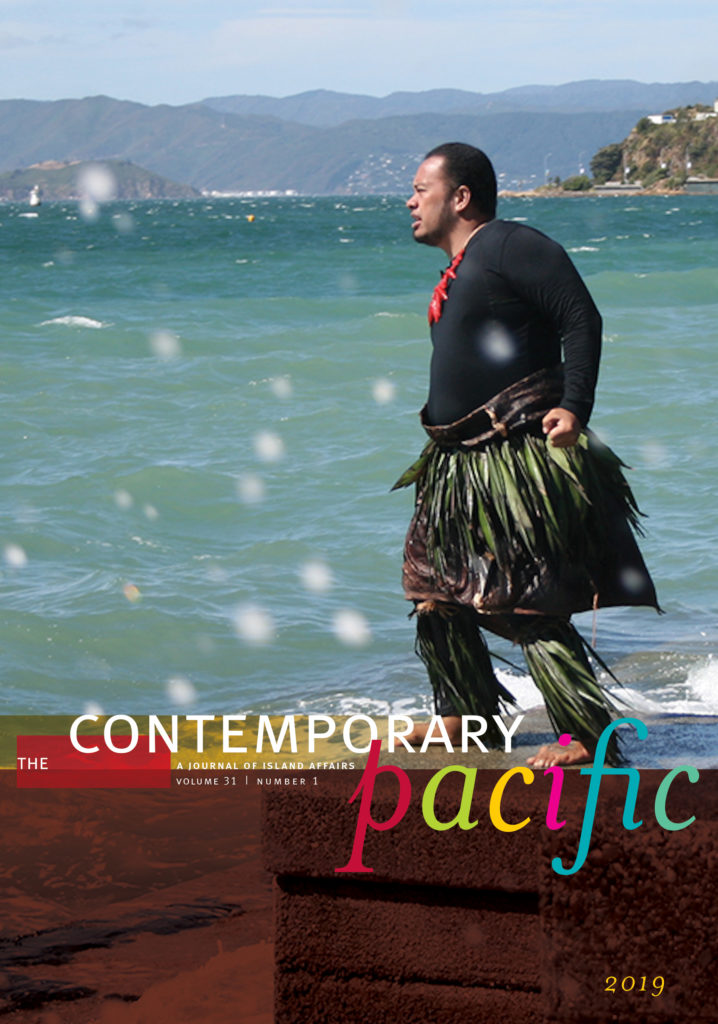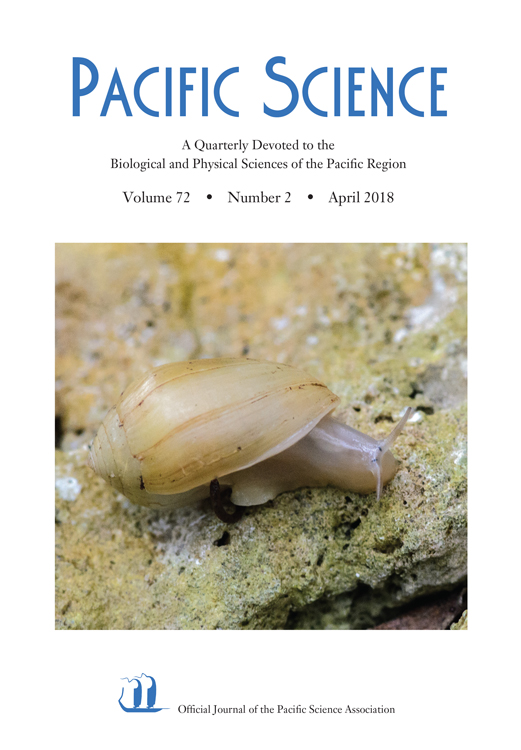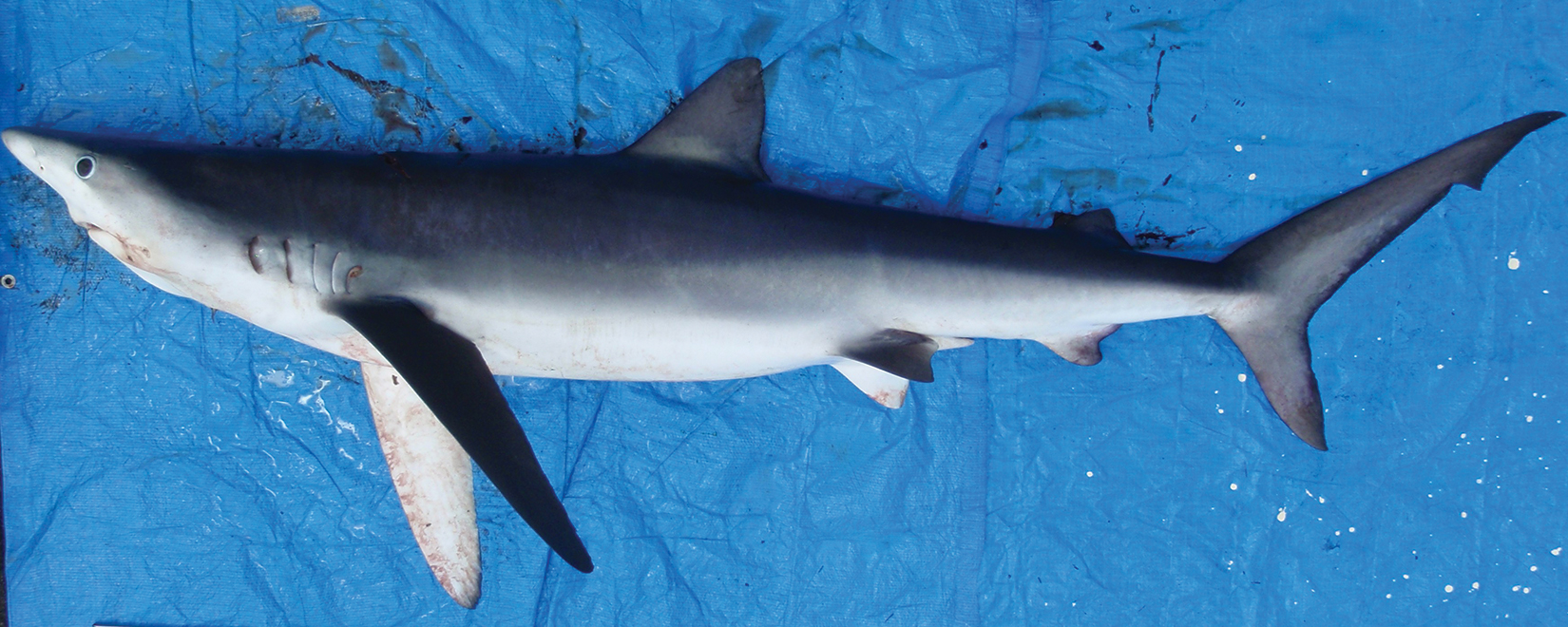
Journal of Korean Religions
Volume 12, Issue 1 (2021)
The new issue includes the following articles:
Going Global: The Transformation of the Korean Catholic Church
Denis WS Kim
Japanese Buddhist Modernism and the Thought of Sŏn Master Toeong Seongcheol (1912–1993)
Cho Myungje and Bernard Senécal S.J. (SeoMyeonggweon)
Calm Water is a Mirror: Neo-Confucian Meditation in the Chosŏn
Dynasty
Guy S. Shababo
A Buddhist Critique of Neo-Confucianismin Seventeenth-Century Chosŏn Korea
Kim Jong Wook
Book Review
Gender Politics at Home and Abroad: Protestant Modernity in Colonial-Era Korea, by Hyaeweol Choi
Reviewed by Choi Hee An
U.S. -Japan Women’s Journal
Issue 58 (2020)
Includes the following articles:
Plotting Illness: Cancer in Ogino Anna’s “Nue” and
Yamauchi Reinan’s The Spirit of Cancer
Amanda C. Seaman
Nue.
by Ogino Anna. Translated by Amanda C. Seaman
Performativity of Gender in Speech: Life Experiences
of Japanese Trans Women
Hideko Abe
Natsume Fusanosuke, Panel Configurations in Sho¯jo
(Girls’) Manga.
by Natsume Fusanosuke. Translated and Introduced by
Jon Holt and Teppei Fukuda
Pacific Science
Volume 75, Issue 1 (2021)
Includes the following articles:
The Historical Ecology of Game Species Introductions in Hawai’i
Deidre J. Duffy, Christopher A. Lepczyk
A Terrestrial Vertebrate Palaeontological Reconnaissance of Lord Howe Island, Australia
Julian P. Hume, Ian Hutton, Greg Middleton, Jacqueline M.T. Nguyen, John Wylie
Light-Level Geolocators Reveal That White-Throated Needletails (Hirundapus caudacutus) Follow a Figure-Eight Migration Route Between Japan and Australia
Noriyuki M. Yamaguchi, Sayaka Mori, Hiroshi Yonekawa, Daichi Waga, Hiroyoshi Higuchi
Fine-Scale Distribution, Abundance, and Foraging Behavior of Salvin’s, Buller’s, and Chatham Albatrosses in the Northern Humboldt Upwelling System
Javier Quiñones, Ana Alegre, Cynthia Romero, Massiel Manrique, Luis Vásquez
Influence of Light and Substrate Conditions on Regeneration of Native Tree Saplings in the Hawaiian Lowland Wet Forest
Susanne Kandert, Holger Kreft, Nicole DiManno, Amanda Uowolo, Susan Cordell, Rebecca Ostertag
Potential Distribution and Environmental Niche of the Black Corals Antipathes galapagensis and Myriopathes panamensis in the Eastern Tropical Pacific
Antonella Lavorato, Silvia Stranges, Hector Reyes Bonilla
Investigating the Diel Occurrence of Odontocetes Around the Maui Nui Region Using Passive Acoustic Techniques
Marian Howe, Marc O. Lammers
Limnological Characterization of Three Tropical Crater Lakes in the Archipelago of Samoa (Lanoto’o, Olomaga, Mataulano)
Robert Schabetsberger, Christian D. Jersabek, Zlatko Levkov, Bianca Ehrenfellner, Laulu Fialelei Enoka, Seumalo Afele Faiilagi
Association Affairs: Pacific Science Association
Hawaiian Journal of History
Volume 54 (2020)
Includes the following articles:
The Lasting Significance of the Majors-Palakiko Case
Jonathan Y. Okamura
A Rock in the Park: The Key to a Remarkable Historical Tale
Hugh R. Montgomery
Ne Tentes aut Perfice: Early Hawaiian Diplomacy in the Southwestern Pacific and the Creation of Hawai‘i’s First Royal Order
Lorenz Gonschor
Reconnecting to Kawaiaha‘o Female Seminary: The Lives of the Students at the End of the Nineteenth Century
Deborah Day
Our Royal Guest: American Press Coverage of King Kalākaua’s Visit to the United States, 1874–1875
Douglas V. Askman
The Watchers: How Espionage Doomed the Counter-Revolution of 1895
Ralph Thomas Kam
Book Reviews
Aloha Rodeo: Three Hawaiian Cowboys, the World’s Greatest Rodeo, and a Hidden History of the American West by David Wolman and Julian Smith
Reviewed by Elyssa Ford
Unsustainable Empire: Alternative Histories of Hawai‘i Statehood by Dean Itsuji Saranillio
Reviewed by Sarah Miller-Davenport
American Sutra: A Story of Faith and Freedom in the Second World War by Duncan Ryūken Williams
Reviewed by Kelli Y. Nakamura
Gateway State: Hawai‘i and the Cultural Transformation of American Empire by Sarah Miller-Davenport
Reviewed by JoAnna Poblete
Bibliography
Hawaiiana in 2019: A Bibliography of Titles of Historical Interest
Jodie Mattos
























